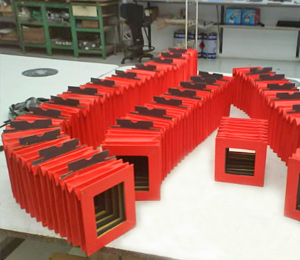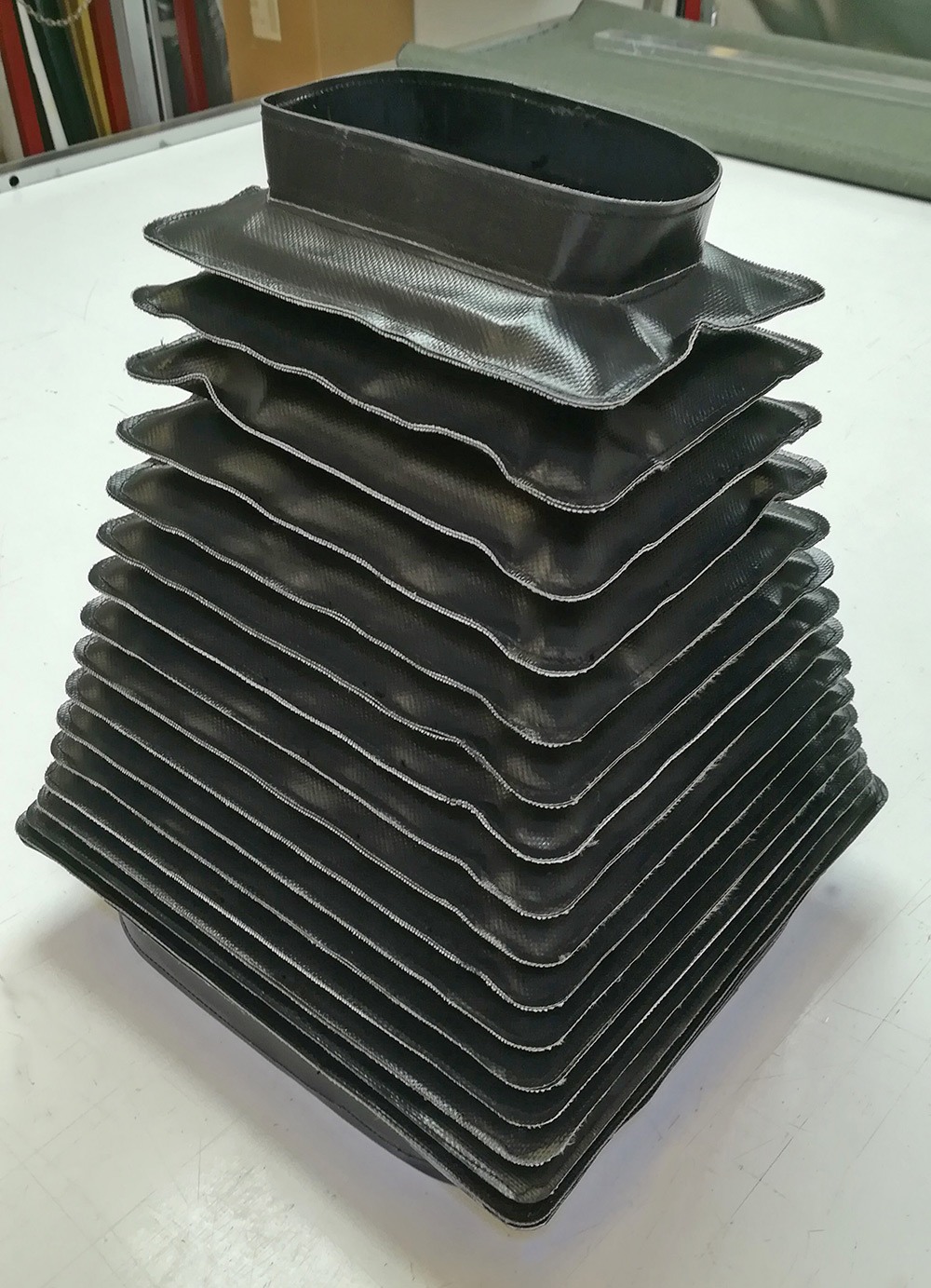In industrial environments, protection for machinery and people is a key factor for safety and operational efficiency. Extreme temperatures can seriously affect both workers and equipment, causing mechanical failures, workplace accidents and reduced production performance.
Choosing the right protections according to the thermal range is essential to prevent incidents and ensure optimal operation of machinery. In this guide, we explore how to protect both workers and equipment in different thermal environments, from sub-zero temperatures to extreme heat.
Why is temperature a critical factor in industry?
Thermal impact in industry can cause multiple problems.
Effects of extreme cold (-50°C to 0°C):
● Contraction of metallic materials, increasing the risk of fractures.
● Difficulties in starting and operating machinery.
● Risk of frostbite, hypothermia and reduced manual dexterity in workers.
Effects of extreme heat (100°C to +500°C):
● Overheating of motors and mechanical components.
● Thermal fatigue in workers, increasing the risk of accidents.
● Increased wear of materials, reducing the useful life of machinery.
Since temperature directly influences safety and productivity, it is essential to apply protective measures for machinery and people according to the appropriate thermal ranges.


Industrial protection by thermal ranges
Below, we look at the best thermal protection solutions based on different temperature ranges.
Protection for extreme cold temperatures (-50°C to 0°C)
Industries that operate in extreme cold conditions, such as mining, industrial refrigeration and Arctic exploration, require specialized measures.
Protection for workers:
● Multi-layer thermal clothing with synthetic fiber insulation.
● Gloves and boots with heat retention technology.
● Face and eye protection to prevent cold burns.
Protection for machinery:
● Use of lubricants and anti-freeze fluids.
● Motors with preheating systems to prevent blockages.
● Thermally insulated cabins for operators.
Protection for moderate temperatures (0°C to 100°C)
This thermal range is common in sectors such as manufacturing and construction. Although it does not represent extreme risks, it is key to implement adequate protection.
Protection for workers:
● Work clothes with breathable fabrics to prevent overheating.
● Heat-resistant personal protective equipment (PPE).
● Ventilation and air conditioning systems in closed areas.
Protection for machinery:
● Implementation of active cooling systems.
● Lubricants with thermal resistance to avoid excessive friction.
● Periodic checks to prevent overheating.
Protection for high temperatures (100°C to 500°C)
The metallurgical, power generation and glass production industries require advanced solutions to withstand intense heat.
Protection for workers:
● Fireproof clothing made of materials such as Kevlar and Nomex.
● Heat-resistant gloves with burn protection.
● Thermal filtering masks to prevent inhalation of hot vapors.
Protection for machinery:
● Application of ceramic coatings and thermal barriers.
● Cooling systems with air or liquid circulation.
● Use of thermal sensors to monitor the status of the equipment.
Protection for extreme heat (+500°C)
In sectors such as foundry, aerospace and petrochemicals, temperatures can exceed 1000°C. High-tech protection is essential here.
Protection for workers:
● Aluminized suits with high temperature resistance.
● Helmets with reflective screens against radiant heat.
● Personal cooling systems with air circulation.
Protection for machinery:
● Thermal insulation with advanced materials such as aerogels.
● Cooling with water or inert gases in exposed machinery.
● Rigorous maintenance to avoid structural melting or deformation.
Innovations in industrial thermal protection
With the advancement of technology, solutions for the protection of machinery and people have evolved considerably. Some key innovations include:
● Smart materials: fabrics that change their properties depending on the temperature.
● Thermal sensors connected to IoT: allow real-time monitoring of the status of machinery and the work environment.
● Applied nanotechnology: coatings with greater thermal resistance and less weight.
The future of industrial protection involves the development of more efficient and sustainable solutions, minimising environmental impact without compromising safety.
Key factors for choosing the best thermal protection
When selecting the right thermal protection, it is important to consider:
● Risk assessment: determine the levels of thermal exposure in each work area.
● Regulations and certifications: ensure that the equipment complies with international safety standards.
● Long-term investment: opt for high-quality products that reduce maintenance costs and increase the lifespan of the equipment.
Conclusion
Ensuring adequate protection for machinery and people in industrial environments is essential for safety and operational performance. From sub-zero temperatures to extreme heat, each environment requires specific solutions to minimize risks and optimize processes.
Companies that invest in advanced thermal protection not only protect their workers and machinery, but also improve their productivity and long-term sustainability.
If your company operates in extreme thermal conditions, do not hesitate to look for customized solutions to ensure maximum safety and efficiency.

